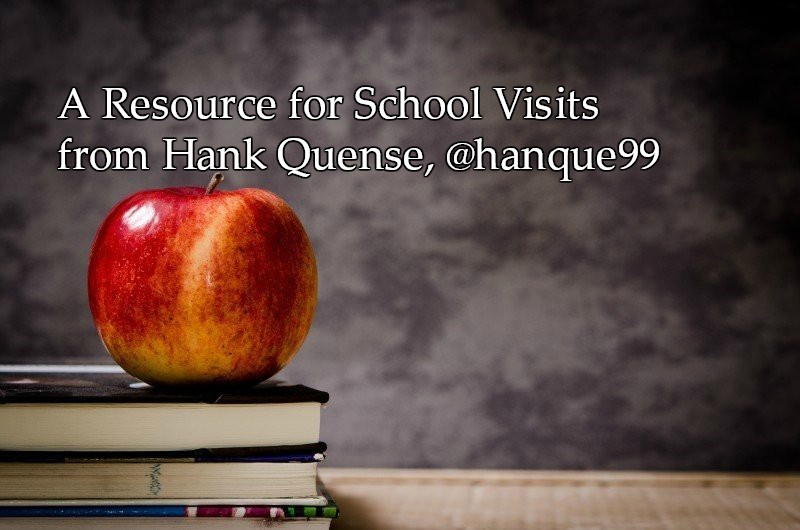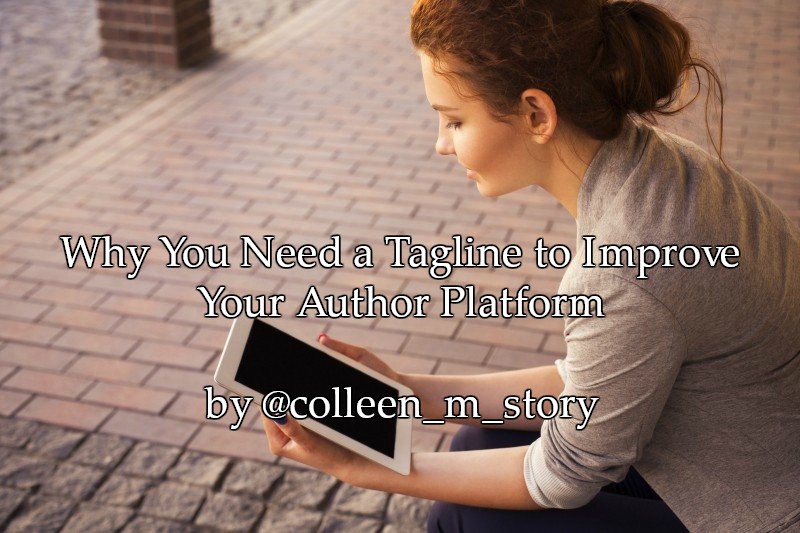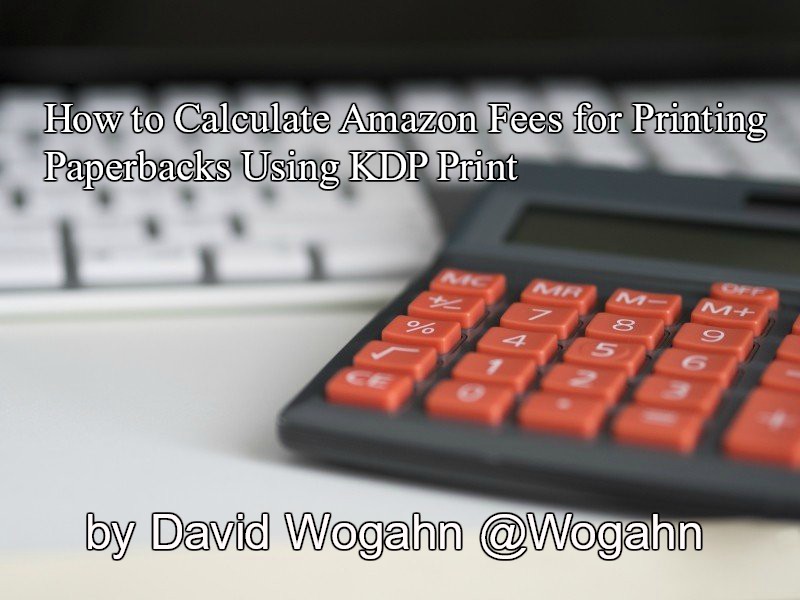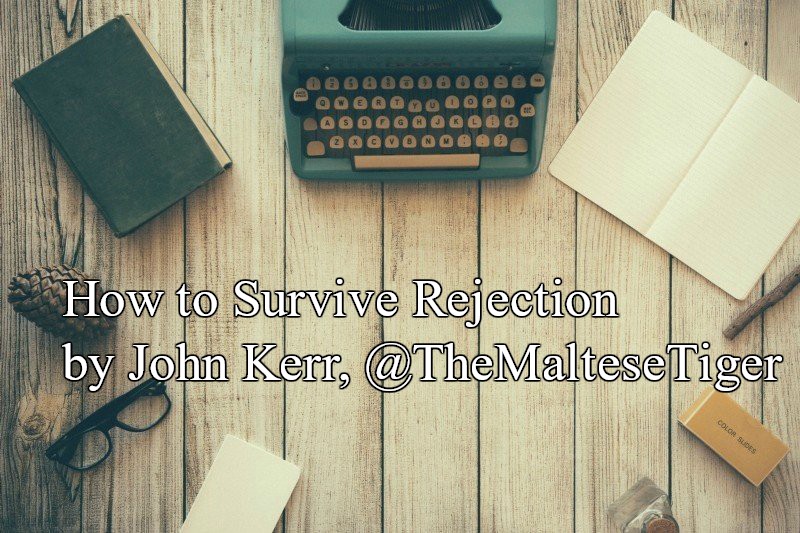by Hank Quense, @hanque99
What can be more satisfying for an author than showing kids how to create a short story? That’s what I’ve been doing for the last several years in schools and libraries. I think it’s a lot of fun. And now I’ve expanded that experience into a new book called Fiction Writing Workshop for Kids.
By way of background, a few years ago the Valley Middle School in Oakland, NJ asked if I would visit the school and talk to their seventh graders. On visits like this, authors usually talk about their books and read scenes from them. I hate reading scenes! I find it boring and I’m sure I bore the audience with my monotonous voice. Instead of torturing the kids this way, I decided to show them how I go about creating a short story. The slide talk worked like this: I gave them the overall story idea, one that they would want to write. After that, I used a handout with a series of text boxes with questions to have the kids come up with ideas on characters, setting and plot. Finally, I broke the story up into six scenes and showed the kids how to use the text box ideas to write each scene. The talk was wildly successful.
Besides the Valley Middle School, I’ve given this talk in other schools and libraries and I’ve expanded the concept to include two more story ideas.
While I love doing this, my talks are geographically limited. To remove this limitation, I used these three talks as the basis for the ebook called Fiction Writing Workshop for Kids.. Using the advanced technical capabilities of ebooks, the book has graphics as well as audio and video clips embedded into it. The videos show the text boxes and coach the kids on how to develop ideas for the basic story elements: characters, setting and plot. Each story has a final video clip showing the kids which text boxes to use in each scene. Continue reading





